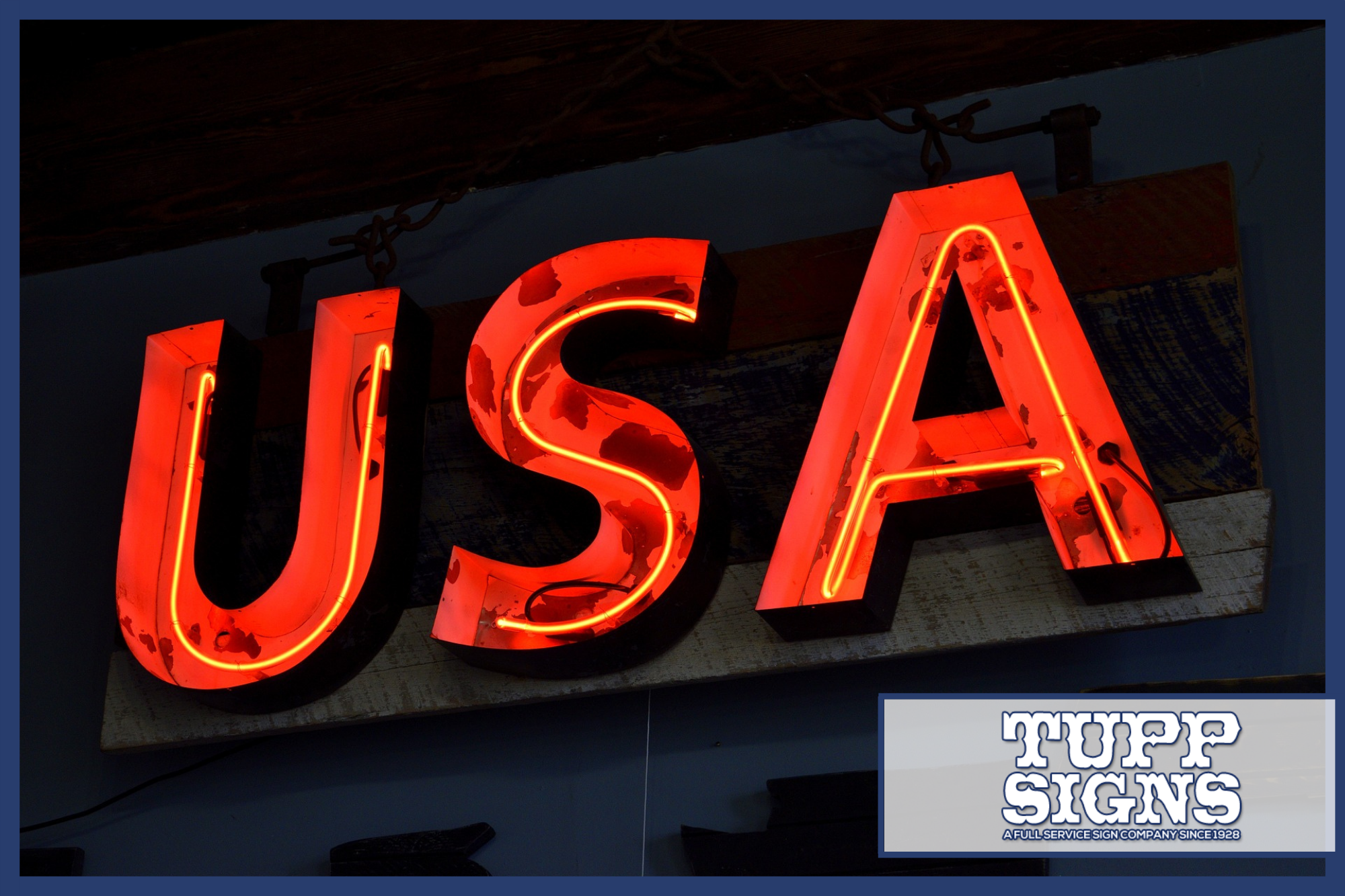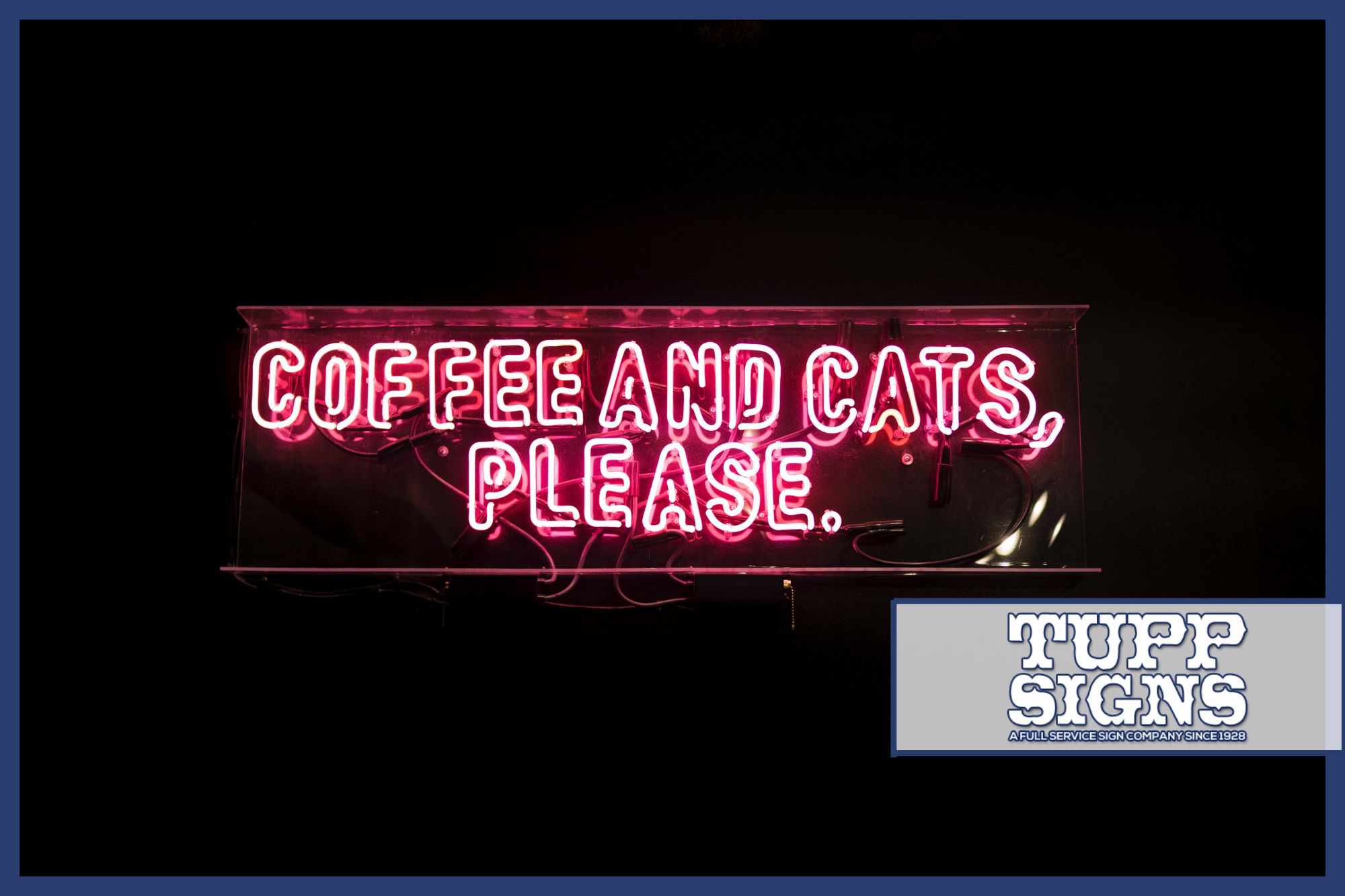Bright signs are part of the landscape these days. Imagining a world without flashing lights and illuminated signage is impossible. In order to make electric signage such a staple in today’s world, the latest technologies and energy-efficient protocols had to be implemented. This means that your illuminated LED signs are probably not going to impact your electric bill all that much. However, operating those signs nonstop for 365 days will add to the cost. So, how do you minimize the expense without undermining the beauty of your sign? We know several ways to do just that.
Calculating the Operating of Electric and Digital Signage
A common mistake people make when figuring out the budget for operating costs is overlooking how much energy their signs consume. Various forms of electric signage have advantages and disadvantages that can add to or take away from operating costs. When calculating the energy cost, do not forget to factor in things like:
- How long the sign will be illuminated or on. Do you plan on leaving it lit throughout the day? Or will there be times when the sign turns on/off?
- Size of the sign or display. The bigger the sign, the more energy it will consume.
And for digital displays and electronic message centers, you should also determine whether it is full color or monochrome and the screen resolution (including pixel pitch) since that affects the operating cost.
Why are these factors important? Even without doing the math, consider the refresh rate of a LED digital screen. Let’s say you own a 10mm pixel pitch sign. This means that there are 30,000 pixels per square meter since the pixels are red, green, and blue. If it costs 0.1 watts per pixel (W/pixel), then the whole sign needs 3000W/m².
But that’s not all. LED signs installed outside will have a 1/4 Scan Diving Method. This indicates that 1 in every 4 pixels is receiving a current at any given time, so you divide that 3000W/m² by ¼, bringing the power consumption to around 750W/m². By now, you’re probably thinking, “But that’s going to cost me thousands a year!”
The good news is that a more realistic amount of power consumption is between 300W/m² and 450W/m² for energy-efficient LED bulbs. Even when operated for 24 hours, 7 days a week, the average cost per year is usually between $500/m² and $800/m², though that can vary depending on your location and the hardware installed in your signage. If you aren’t using LED, the same operating hours could cost upwards of $1,500 per year.
Improving Your Electric Signage Operating Cost
Having calculated an estimate for your electric signage, you might have had some chest palpitations. Don’t worry. There are ways to minimize the cost.
1. Get Illuminated Sign Controls
You probably already have some kind of automated control in play for your exterior lighting, such as a sensor system or an on/off switch of nighttime. Consider adding the same for your lighted signage. Lighting controls reportedly reduce energy consumption by up to 70 percent. The good news is that, even without the required infrastructure already installed, you can get a wireless control system.
2. Do Maintenance
Illuminated signage is an investment—treat it as such. Keep up with preventative maintenance, and you will end up spending less on energy. The reason is that maintenance can uncover issues, such as old wires, that could be leaking energy.
Tupp Signs provides maintenance and repair services for lit signs, so schedule an appointment today.
3. Get an LED Retrofit
As we outlined earlier, LED lighting is the way to go if you want to maximize brightness without wasting tons of money on your utility bill. LED lighting is a perfectly viable option for commercial signage because it uses 75 percent less energy than traditional bulbs and will last 25 times longer. Retrofitting old lighting fixtures is an easy and affordable way to update and upgrade your signage, so you don’t even have to worry about expensive replacements.
4. Decide on the Brightness Level
Signs are designed to output far more light than necessary. Not only does this burn through energy, but it is a cause of light pollution, which can negatively influence human life. Also, if your sign is too bright, it could be driving people away, because they view that blaring sign as offensive to their senses.
The best level of illuminance is one that lets the sign be read without too much excessive light. Since this depends largely on the type of sign, where it is located, and the surroundings, call a professional sign company to give you advice.
5. Keep Your Sign Clean
A sign that is blanketed in grit and grime is not going to shine as it should, and you might be cranking up the brightness or the wattage just to get more light through. Rather than wasting money, just clean your outdoor signage. If you do that, you automatically increase brightness by 20-30 percent.
Conclusion
Your illuminated signage is one of the best tools for attracting business. Make sure it is doing its job well, without costing you extra money. Having an energy-efficient sign not only looks good, but it tells customers that you are conscious and clean.
Looking to get your old, tired signage a boost? Contact Tupp Signs by filling out the contact form or by picking up the phone to learn more about our maintenance or retrofitting services. Our team will happily answer any of your questions.



